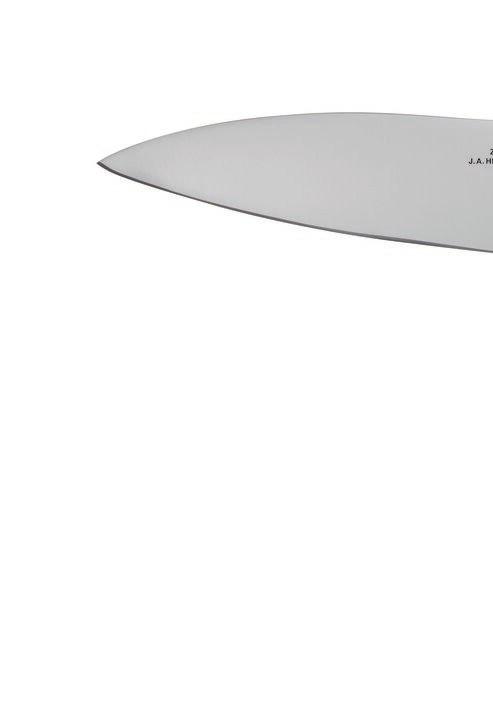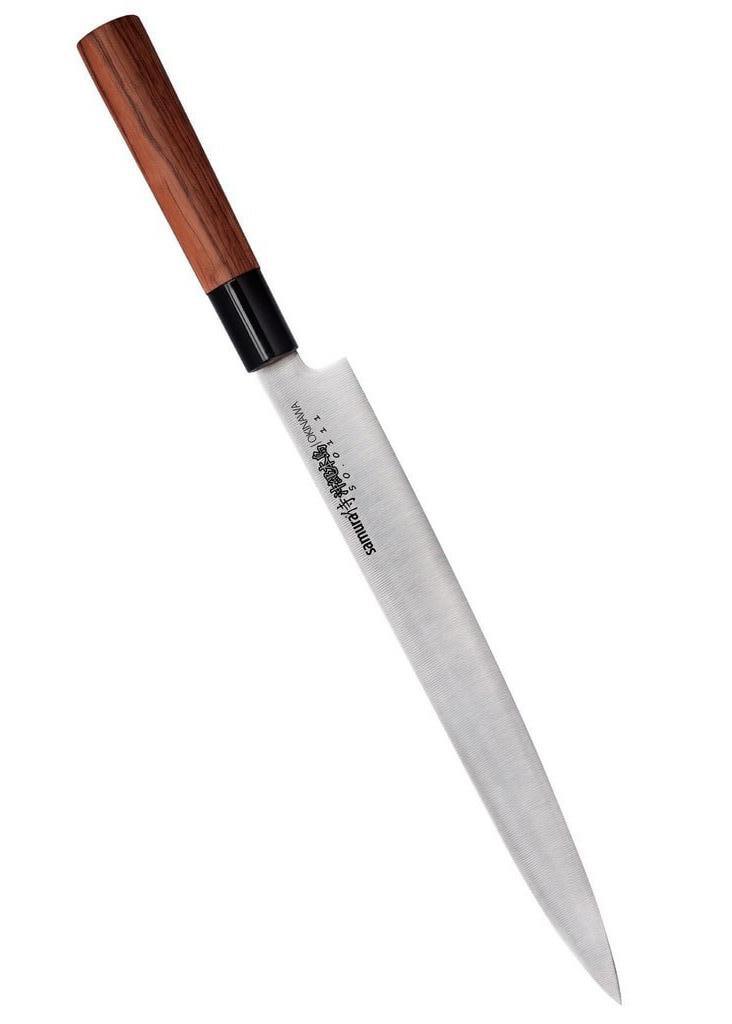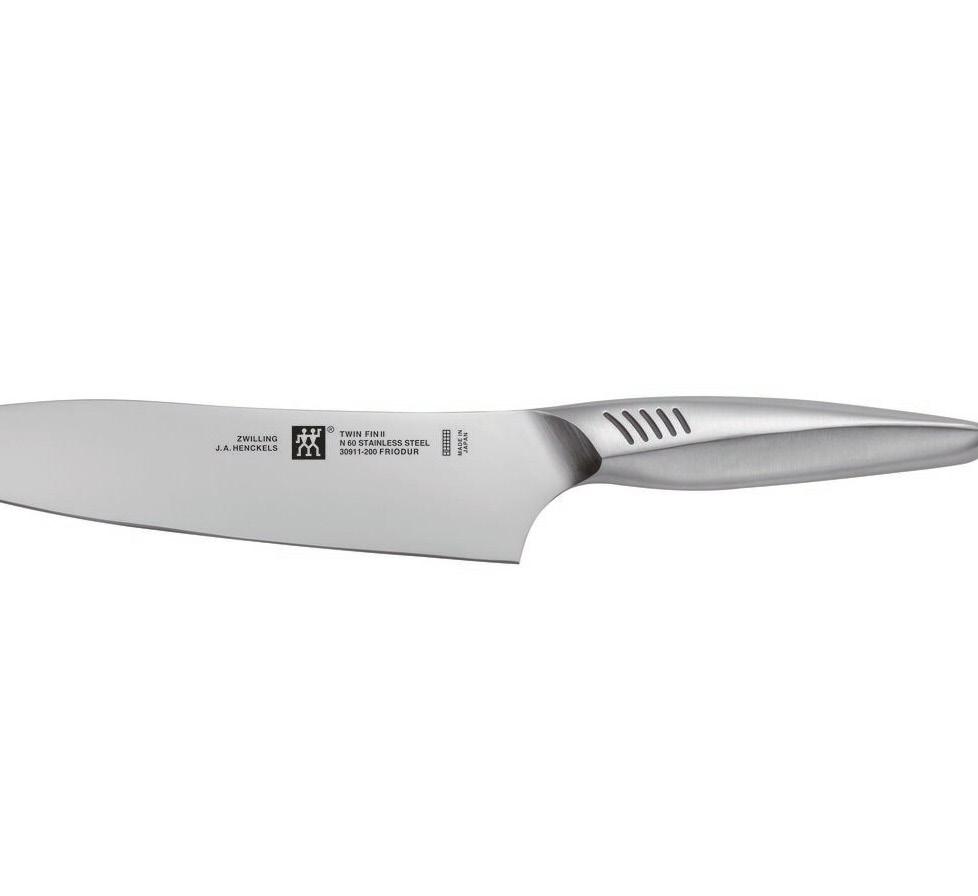
2 minute read
KENYA HARA ON JAPANESE AESTHETICS
by oliver reichenstein
What makes Japanese design so special? Basically, it’s a matter of simplicity; a particular notion of simplicity, different from what simplicity means in the West. So are things in general better designed in Japan? Well, actually, it’s not that simple… design por: inês diogo 114291 desenho e representação II . paginação prof. gonçalo gomes universidade de aveiro . deca 20 abril 2023
Advertisement
The New York Times asked us to put them in touch with Kenya Hara, creative director of MUJI and professor at the Musashino Art University. The NYT wanted to know whether everything in Japan was designed as well as the famous bento boxes. Mr Hara gave an answer worth reading and contemplating. The text in the New York Times was shortened down to fit their format. We are proud to be able to provide the full text in English and in Japanese.

Ol: Why does it seem like Japan is more attuned to the appreciation of beauty? Do the Japanese value the aesthetic component and experience more than other places? Are things in general better designed in Japan?
K.H: When coming back to Tokyo from abroad, my first impression usually is: what a dull airport! And yet it’s clean, neat and the floors deeply polished. To the Japanese eye, there’s a particular sense of beauty in the work of the cleaning staff. It’s in the craftman’s spirit — “shokunin kishitsu” — which applies to all Japanese professionals, be they street construction workers, electricians or cooks.
A Japanese cleaning team finds satisfaction in diligently doing its job. The better they do it the more satisfaction they get out of it.
The craftman’s spirit, I think, imbues people with a sense of beauty, as in elaboration, delicacy, care, simplicity (words I often use). Obviously, this also applies to bento-making and the pride people take in making them as beautiful as they can.
There is a similar craftman’s spirit (“shokunin kishitsu” or “shokunin katagi“) in Europe. Yet in Europe I can see it coming alive only from a certain level of sophistication. In Japan, even ordinary jobs such as cleaning and cooking are filled with this craftman’s spirit. It is is common sense in Japan.
Ol: While Japanese are known for their particular aesthetic sense, I would say we also have an incapacity to see ugliness. How come?
K.H: We usually focus fully on what’s right in front of our eyes. We tend to ignore the horrible, especially if it is not an integral part of our personal perspective. We ignore that our cities are a chaotic mess, filled with ugly architecture and nasty signage. And so you have the situation where a Japanese worker will open a beautiful bento box in a stale conference room or on a horrendous, crowded sidewalk.
Ol: Are things in general better designed in Japan?
K.H: A central aesthetic principle in Japan is simplicity, but it is different from simplicity in the West. Let me explain the difference by comparing cooking knives. For example, the knives made by the German company Henckel are well crafted and easy to use becauWWse they are highly ergonomic. The thumb automatically finds its place when you grab the knife.
Japanese cooks who have special skills prefer knives without any ergonomic shape. A flat handle is not seen as raw or poorly crafted. On the contrary, its perfect plainness is meant to say, “You can use me whichever way suits your skills.” The Japanese knife adapts to the cook’s skill (not to the cook’s thumb). This is, in a nutshell, Japanese simplicity.

The knife’s simple shape is not seen as poor or raw. Beauty beyond fanciness is an aesthetic principle that is sleeping at the bottom of Japanese perception. It’s also a guiding principle to Japanese high tech architecture, and the minimal products of Muji.
Applied to the bento this simply means: don’t try to be fancy; don’t overdo it. A beautiful bento is done using seasonal ingredients; it is done quickly and easily.

